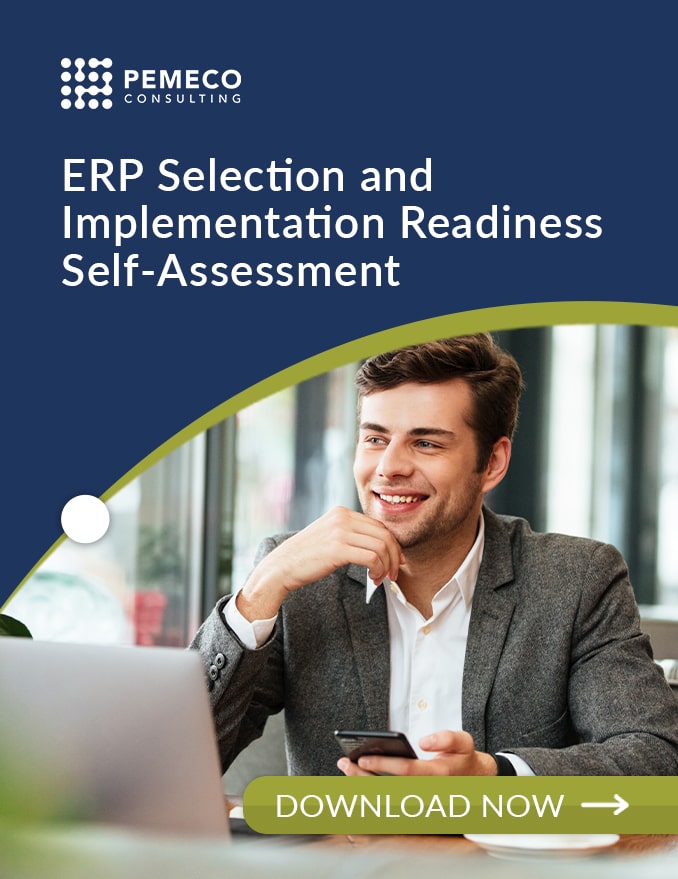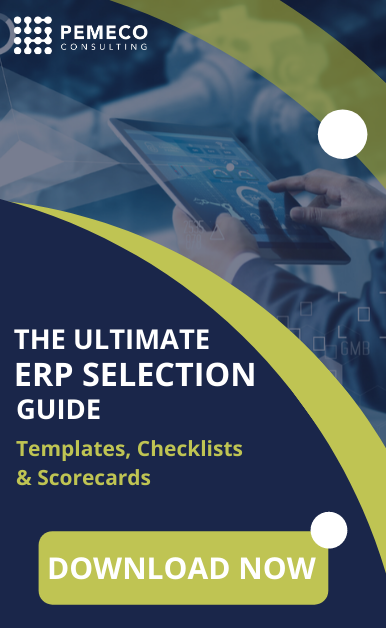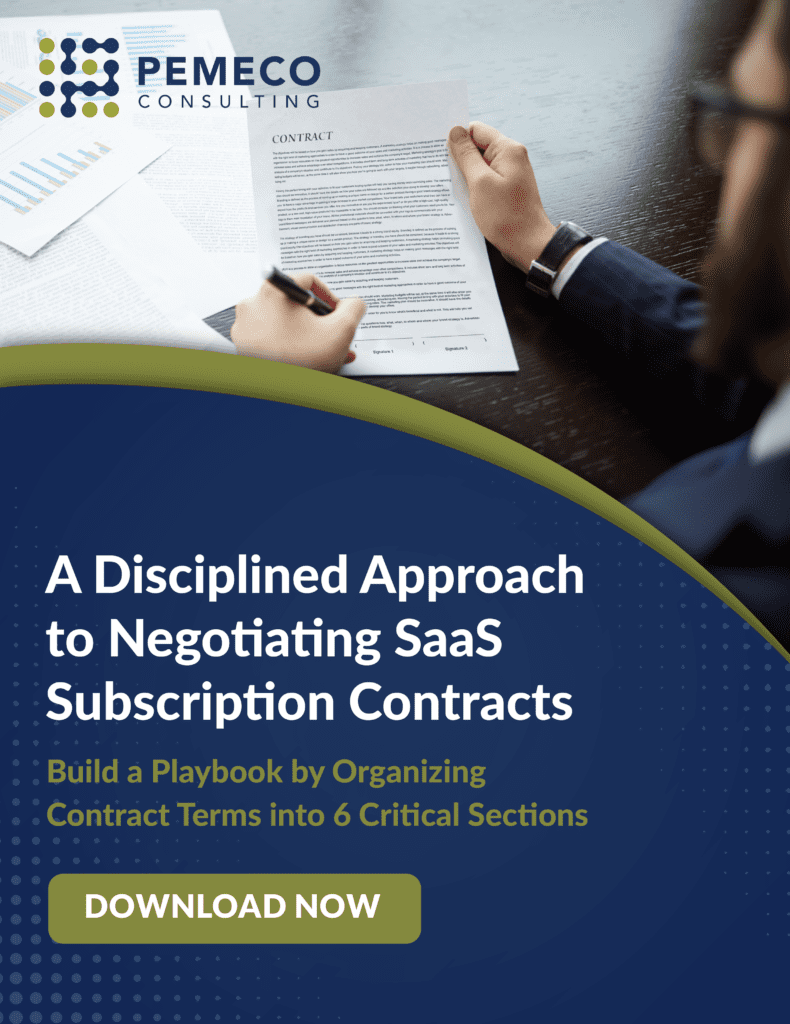Tip #8: 5 Steps to Building a Formalized ERP Project Plan
The ERP Project Plan must be an easy-to-read, easy-to-follow guide to project success. In our experience, a Project Plan that breaks the project down into a task-level allocation of resources, costs, schedules and measurable success factors significantly reduces implementation failure risks. Here are five key steps to developing a task-based Project Plan:
Step 1: Formalize the Project Charter
The Charter is the business rationale that drove your company’s decision to pursue the project.
Step 2: Formalize the Scope Statement
The Scope Statement sets the project’s boundaries and is derived from the Charter. It contains the following two components:
- Strategic Business Accomplishments (SBAs): These are the intended operational or administrative level goals for the project. For example, an SBA for a supply chain management systems implementation might be to reduce warehousing costs.
- Measurable Success Factors (MSF): MSFs represent the quantification of SBAs into targets. Using the SBA example above, MSFs might include increasing the inventory turnover ratio by 15% and reducing inventory handling processes by 30%.
Step 3: Formalize Target Dates and Costs
Each of the project phases, or Milestone Deliverables, is allocated a specific completion date and cost. Continuous monitoring helps avoid late delivery and cost-overruns.
Step 4: Define the Project’s Organizational Structure and Key Staff Requirements
A formal reporting structure defines key communications lines, authorities and responsibilities.
Step 5: Formalize Subsidiary Plans
Subsidiary plans are, in effect, mini-project plans for the project’s subcomponents. These subprojects are broken down into specific tasks, MSFs, budgets and timelines. Though not exhaustive, the following list includes commonly prepared subsidiary plans:
- IT Infrastructure and Procurement Plan: Detailing requirements relating to: hardware, software, networking, disaster recovery, and staffing (among other things)
- Risk Management Plan: Containing an analysis of potential risks, damages and mitigation strategies. The plan elements should be made as specific as possible to ensure adequate preparedness in case one or more of the risk events transpires.
- Cost and Schedule Plan: The internal costs, external costs and projected timelines are broken down to the task level. A task-level itemization makes budget and time projections more realistic. It also facilitates monitoring and correction.
- Resource Management Plan: Details project roles, responsibilities and reporting relationships. To the extent necessary, reward systems, training, back-filling, and knowledge transfer systems are particularized.
- Communications Plan: Details content subject-areas, delivery methods and intended audiences.
- Scope Management Plan: Details how scope changes will be identified, classified and incorporated into the Project Plan.
Build an ERP project plan according to these five steps and watch how much easier will be to keep your project on time, on budget, and on the path to success.
Let’s pause and take a look at where we’ve come over the last eight weeks. We’ve built our steering committee, built ourcore team, drafted project plans and held kickoff meetings. The project has started and there’s no turning back. Two deliverables down, 11 to go!
You won’t want to miss next week’s ERP implementation tip. I will discuss how to train the core team to build the business’ new business processes from the existing ones.
Good luck with your ERP implementation projects!
Your POV (post comments below)
- Do you think an ERP project plan should be high level or detailed? Why?
- How do you determine or assign values to the projected cost items?
- Who should give input into the scope statement?
In this series of weekly ERP project management tips, we walk you through an ERP implementation project using Pemeco’s “Milestone Deliverables” project management methodology.
You can buy our project management book and CD of template forms “Milestone Deliverables: The Hands-On Approach to Implementing ERP Projects”. Click here to learn more. Learn about our ERP implementation services by clicking here.
Want to avoid ERP implementation failure?
Download The CIO’s Guide to Preventing ERP Implementation Failure.







